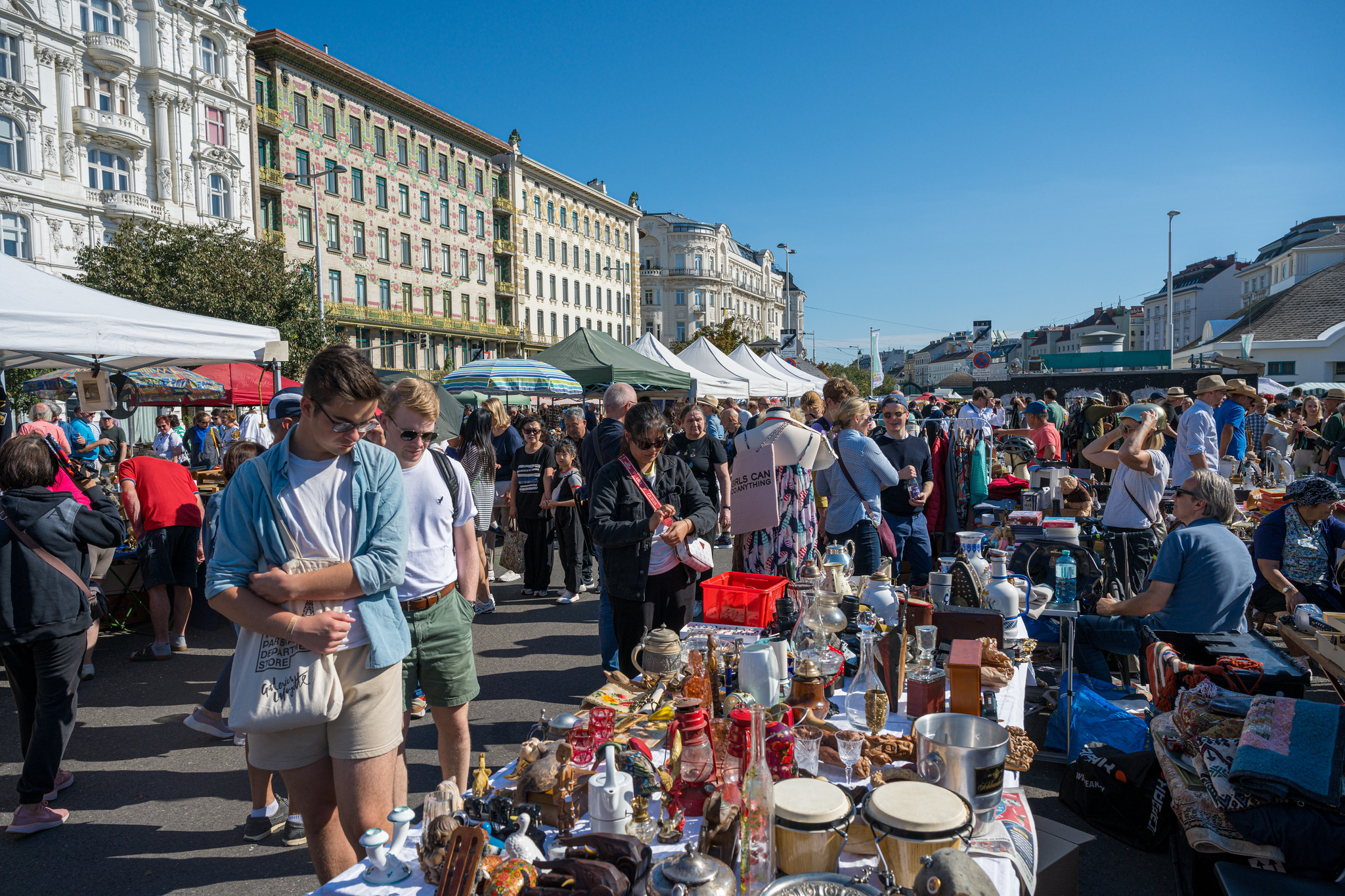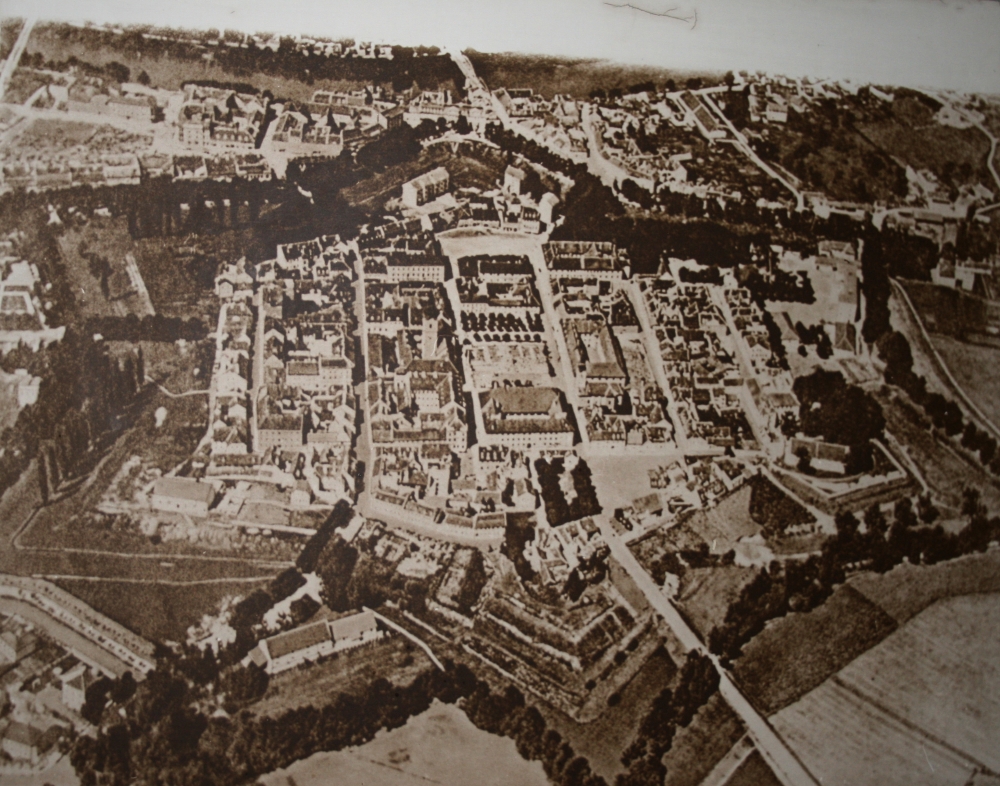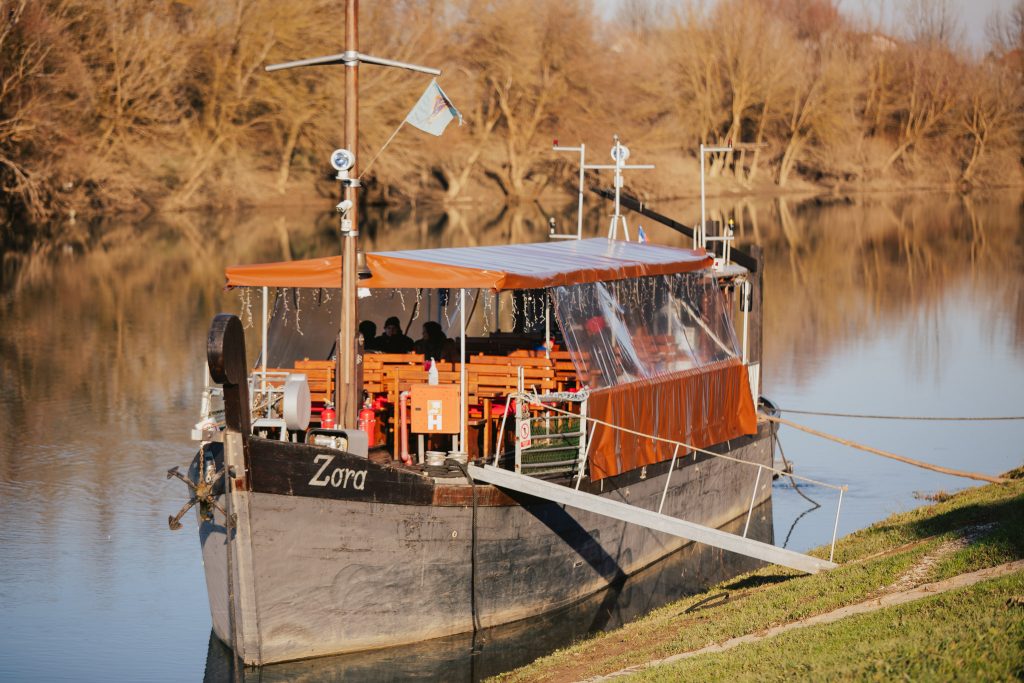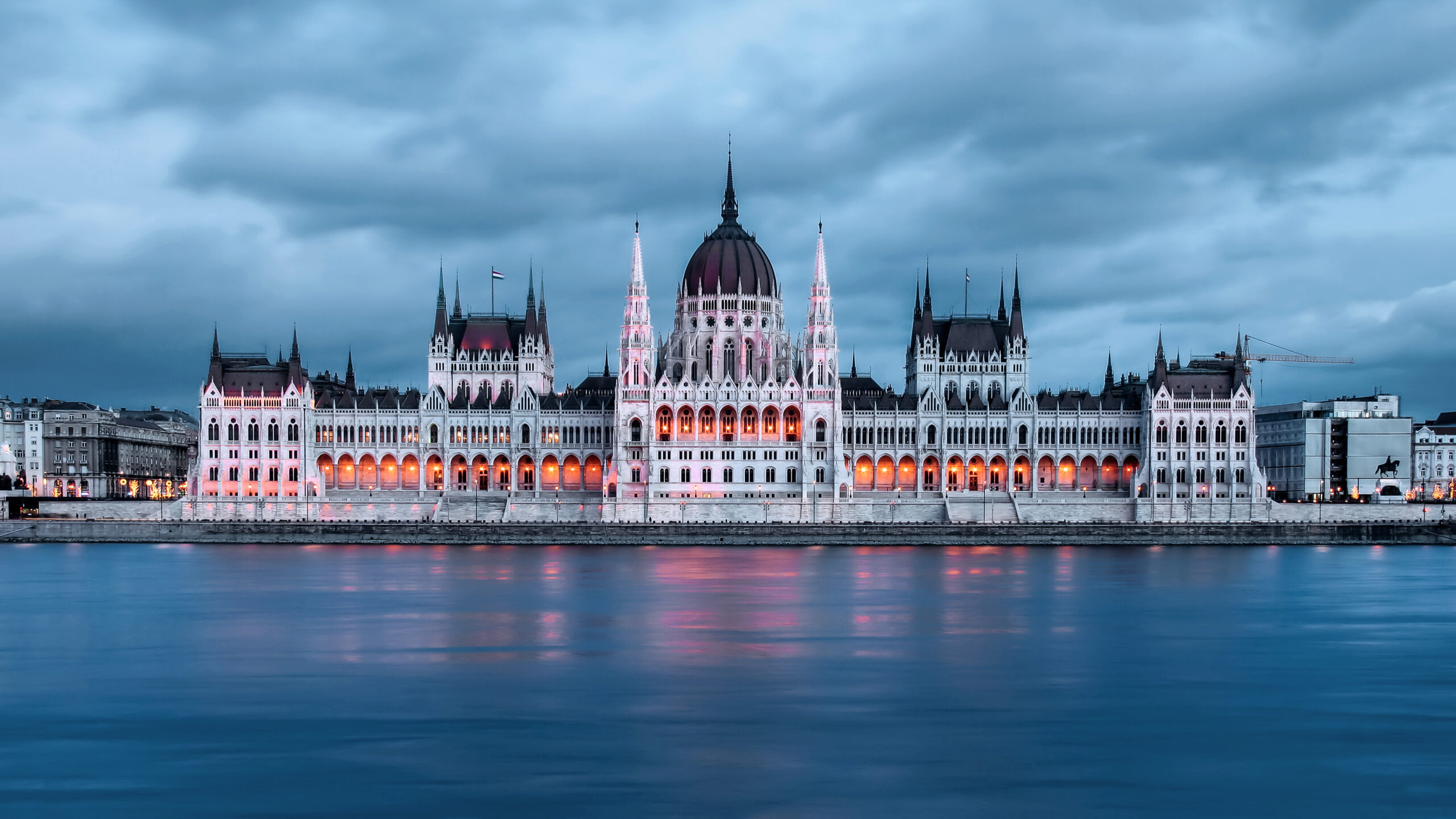

The city-fortress of Palmanova is well known to us at Extinguished Countries and to our eager readers. But how many of you know that, some 300 km further east, there is another star-shaped city? A city that was attacked by the Ottoman Empire six times, and managed to repel it just as many times? We are talking about Karlovac, or Carlstadt as it was known at the time of its foundation. This six-pointed stronghold was built at the behest of Archduke Karl von Habsburg (1540 – 1590), who, in order to protect Vienna from the siege of the Turks, decided to reinforce the military border between the Habsburg and Ottoman Empires (the so-called Militärgrenze) with its construction.

The completion of the works took place on 13 July 1579, the date of the birth of the town of Karlovac.
Lying between the basin of the Kupa River (Pokuplje) and the Kordun Plateau, the town reached its apogee in the 18th and 19th centuries due to its strategic location. Karlovac is crossed by four rivers: the Korana, Dobra, Mrežnica and Kupa.
Throughout the 19th century, the Kupa was plied daily by vessels of merchants from Pannonian and Danubian Europe, and Karlovac became an obligatory stop for them. There, the goods left the river bed for the mainland: after sailing along the Danube, the Sava and the Kupa, the cargo (very often wheat, salt and timber) had to be transferred to carriages in order to continue its journey to the Adriatic Sea. At that time, wheat was of particular importance, which travelled so often along the Kupa that it had its own boat, the Žitna Lađa (grain boat), which shuttled between Karlovac and the ports along the Sava and Danube.
The Žitna lađa fell into disuse with the passing of decades, blamed on the development of railways and then road transport, the end of the Habsburg Empire and the emergence of new borders, and, more generally, the advent of modernity. But just when it seemed to have completely disappeared from Karlovac, the historical vessel reappeared, thanks to two friends, Jasmina Cvetković and Ana Prepolec Padežanin, who brought a 25-metre wooden Žitna lađa back to life a few years ago. This is their story.
Both originally from the Karlovac area, Jasmina and Ana completed their studies in Zagreb before returning to their hometown determined to invent a job in order to stay there. The idea of recreating the grain boat was born in 2008, with the dual aim of revitalising the area’s heritage and creating a new tourist attraction. Right from the start, the two women involved ethnologist Nikolina Belančić Arki, curator at the Karlovac City Museum, in order to identify the right boat to reconstruct. In the meantime, they seek help and cooperation from local authorities.
The turning point came in 2013, when the project ‘The Grain Road, Kupa-Sava’, worth more than 650,000 euros, was financed by the European Union, encompassing not only the reconstruction of a Žitna Lađa, but also the construction of more than 2,000 km of cycling paths, the design and production of maps, and many other activities designed to revitalise tourism in central Croatia and northern Bosnia. Four years later, in 2017, the Zora (because every self-respecting boat has a name) finally sails the waters of the Kupa.

Today, this grain boat continues to take tourists through a little-known past, and things are getting better and better, as Jasmina Cvetković, one of the founders of the project, tells me.
Jasmina, what has changed in the six years since the Zora first set sail?
Compared to 2017, visits on our Zitna Lada have increased by 20% every year, and we couldn’t be happier! We have helped revitalise the rural area around the Kupa, and now tourists from all over Croatia come here for this unique experience.
For the time being, most of the travellers on Zora are Croatians. Could this change in the future?
Yes. For now, Karlovac is still a transit town, not yet recognised as a real tourist destination. Many efforts have been made to change this, however; the freshwater aquarium is improved every year, and in a few days the Nikola Tesla Experience Centre will finally open. Tesla lived in Karlovac during his high school years, and now it will be possible to visit the house where he lived and carried out his first experiments. These two attractions, together with the tour of the Kupa on board the Zora, will make Karlovac a unique tourist destination!
We history and Habsburg enthusiasts are familiar with the history of Karlovac, but how many tourists only discover it once they board the Zora?
Many tourists don’t know that Karlovac was built in the 16th century as a defence against the Ottomans, and during our tours they discover how the Romans also sailed on the Kupa, or how the Ottomans were never able to conquer Karlovac thanks to the deep moats it was surrounded by, which could easily be filled with water from the nearby Kupa and Korana rivers.
Since the beginning of the tours, what has been the biggest obstacle you have had to face?
The biggest challenge we faced was definitely building the boat, but once it was finished, it was equally difficult to find a captain who could take it on an inland river. Such a large boat, carrying 60 people and measuring 25 metres in length, had not been seen in this area for over 200 years. Moreover, in Croatia, only 10 captains have this type of licence!

One of them, Ivica Spelic, returned to Croatia after years abroad to help us before retiring. We hope to obtain the necessary licences before that time comes! Now we are also trying to gain an international audience.
How do you plan to attract foreign tourists?
For example, we would like to offer more choice of food and drink; we are housed in a small marina that gets busier every year! Tourists often want to have a coffee (or a beer) while admiring the view reflected in the waters of the Kupa, and we want to make sure we have what people are looking for. We hope to get more funding from the EU to build a nice bathing area, and we would also like to build campsites for those who need a place to sleep.
I conducted this interview over a weekend when Jasmina was busy between her many tours with Zora, so I didn’t want to keep her any longer, but I couldn’t help but ask her one last question.
How do the inhabitants of Karlovac and the area remember the Habsburg Empire? With nostalgia, indifference or resentment?
The entire town of Karlovac is a legacy of the Empire, and due to its significance for the cultural heritage of Croatia, efforts are being made to make it a UNESCO heritage site. The city’s culture and identity was born and flourished under the Habsburgs, so in this area the Empire is remembered with pleasure!

Would you like to know more, or even book your own tour? Check this link then!



Start your journey in the Extinguished Countries!
Get a free chapter from our first guidebook “Republic of Venice” and join our community!